
The integration of NVIDIA NIM microservices into Azure AI Foundry marks a major leap forward in enterprise AI development. By combining NIM microservices with Azure��s scalable, secure infrastructure, organizations can now deploy powerful, ready-to-use AI models more efficiently than ever before. NIM microservices are containerized for GPU-accelerated inferencing for pretrained and customized��
]]>
Microsoft, in collaboration with NVIDIA, announced transformative performance improvements for the Meta Llama family of models on its Azure AI Foundry platform. These advancements, enabled by NVIDIA TensorRT-LLM optimizations, deliver significant gains in throughput, reduced latency, and improved cost efficiency, all while preserving the quality of model outputs. With these improvements��
]]>
AI is transforming industries, automating processes, and opening new opportunities for innovation in the rapidly evolving technological landscape. As more businesses recognize the value of incorporating AI into their operations, they face the challenge of implementing these technologies efficiently, effectively, and reliably. Enter NVIDIA AI Enterprise, a comprehensive software suite��
]]>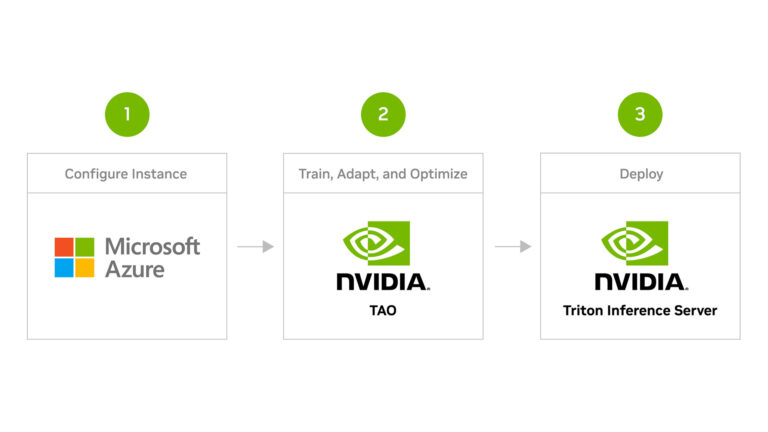
A fundamental shift is currently taking place in how AI applications are built and deployed. AI applications are becoming more sophisticated and applied to broader use cases. This requires end-to-end AI lifecycle management��from data preparation, to model development and training, to deployment and management of AI apps. This approach can lower upfront costs, improve scalability��
]]>
Join experts from NVIDIA and Microsoft on November 30 for the latest developments in deep learning with demos and guidance for getting started on the cloud.
]]>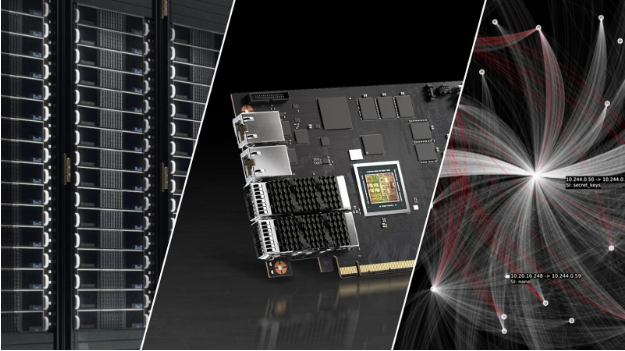
As enterprises continue to shift workloads to the cloud, some applications need to remain on-premises to maximize latency performance and meet security, data sovereignty, and compliance policies. Microsoft Azure Stack HCI is a hyperconverged infrastructure (HCI) stack delivered as an Azure service. Providing built-in security and manageability, Azure Stack HCI is ideally positioned to run��
]]>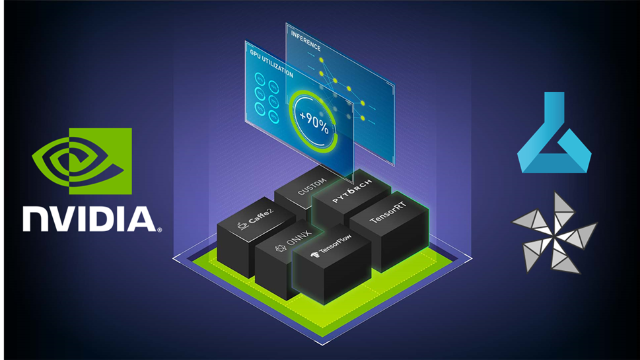
Join the NVIDIA Triton and NVIDIA TensorRT community to stay current on the latest product updates, bug fixes, content, best practices, and more. Every AI application needs a strong inference engine. Whether you��re deploying an image recognition service, intelligent virtual assistant, or a fraud detection application, a reliable inference server delivers fast, accurate��
]]>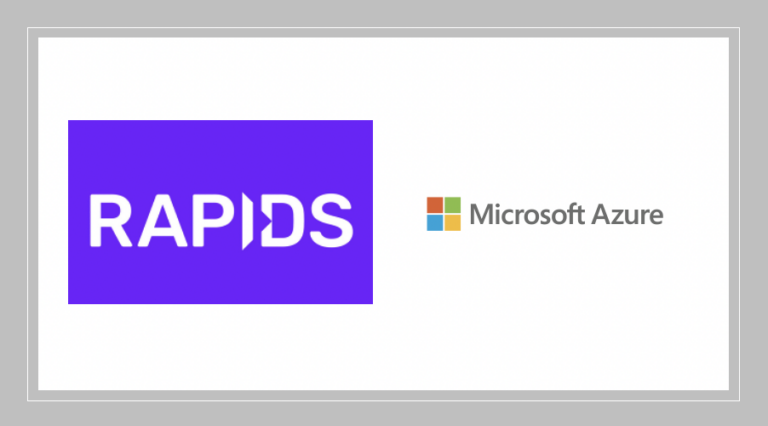
Machine Learning (ML) is increasingly used to make decisions across many domains like healthcare, education, and financial services. Since ML models are being used in situations that have a real impact on people, it is critical to understand what features are being considered for the decisions to eliminate or minimize the impact of biases. Model Interpretability aids developers and other��
]]>
Azure recently announced support for NVIDIA��s T4 Tensor Core Graphics Processing Units (GPUs) which are optimized for deploying machine learning inferencing or analytical workloads in a cost-effective manner. With Apache Spark deployments tuned for NVIDIA GPUs, plus pre-installed libraries, Azure Synapse Analytics offers a simple way to leverage GPUs to power a variety of data processing and��
]]>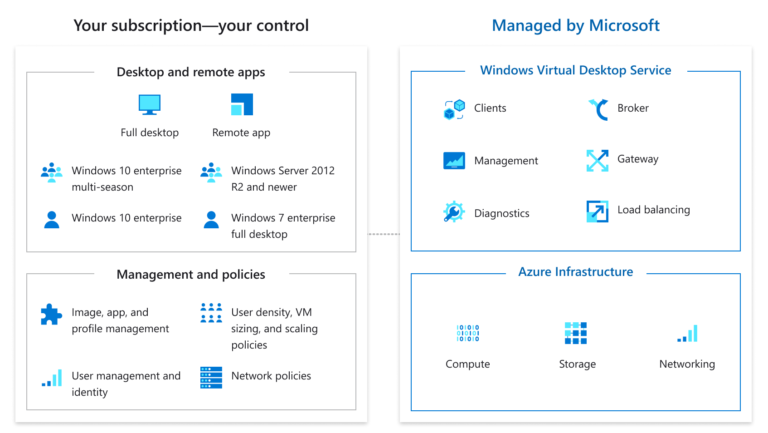
If you��re supporting the recent influx in remote work, you��ve probably noticed that business applications are more graphics-heavy than ever before. Applications such as Microsoft Office, Google Chrome, and PDF readers now offer graphics-rich features that require more power. In addition, 4K and multiple high-resolution monitors, as well as multimedia streaming, are becoming the new normal in the��
]]>
Cloud computing is all about making resources available on demand, and its availability, flexibility, and lower cost has helped it take commercial computing by storm. At the Microsoft Build 2015 conference in San Francisco Microsoft revealed that its AzureC cloud computing platform is averaging over 90 thousand new customers per month; contains more than 1.4 million SQL databases being used by��
]]>